You know, it’s the thing that you use to pry open the blade on a pocket knife! Depending on the stubbornness of the blade, using a pull depends on having a present and strong thumb nail. As a pocket knife collector, there have probably been days when when your thumb nail has had enough and you need time to rest it up and grow it back!
Pulls are a necessary characteristic of non auto opening pocket knives and are an interesting part of the traditional pocket knife aesthetic. They come in many varieties: nail nick, long pull, match striker pull. There is even a double pull for those who can’t make up their mind.
The earliest 18th and 19th century pocket knives I have seen from Sheffield all have a primitive version of the pull, the true nail nick. They appear crude and look to have been struck with a chisel type instrument. They are relatively small, only large enough to fit a partial thumb nail.
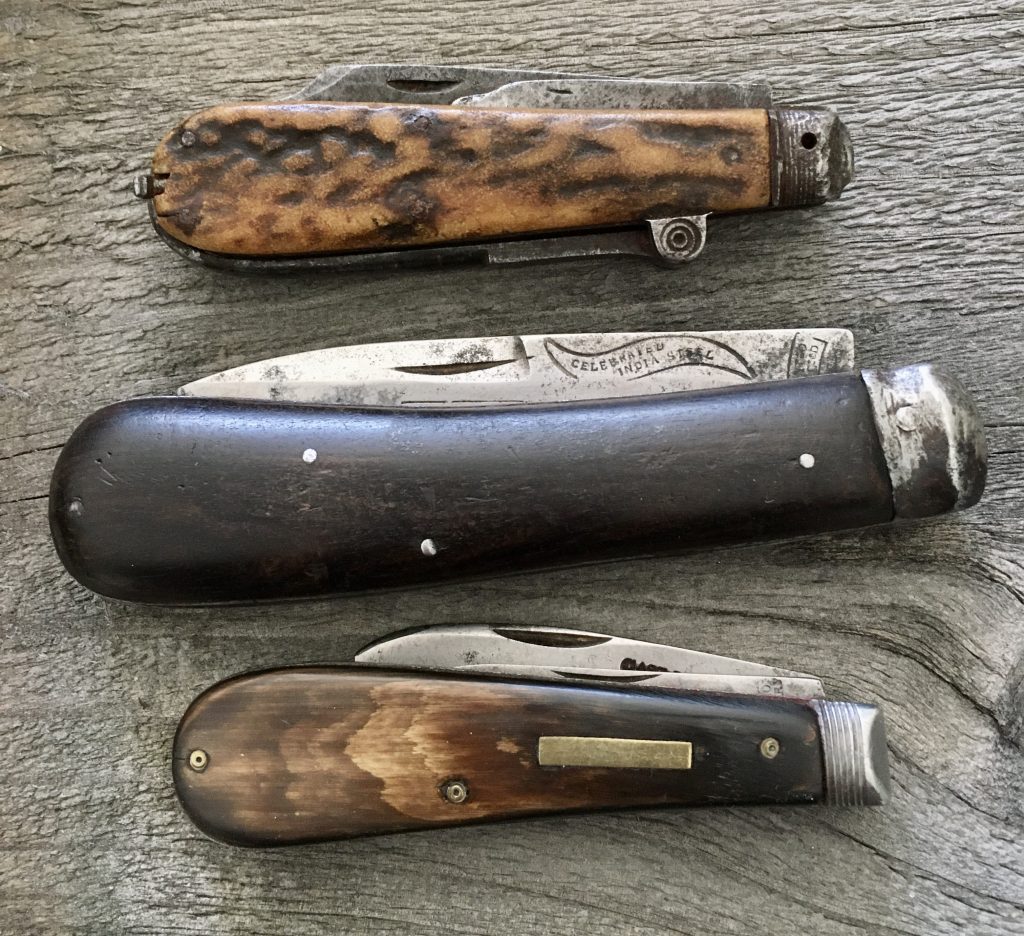
Nail nick pulls seem to have made their way to the United States from Europe and are the most common on pocket knives made during the mid 19th century. These pulls are most common on spear blades, appear uniform and are stamped fairly deep.
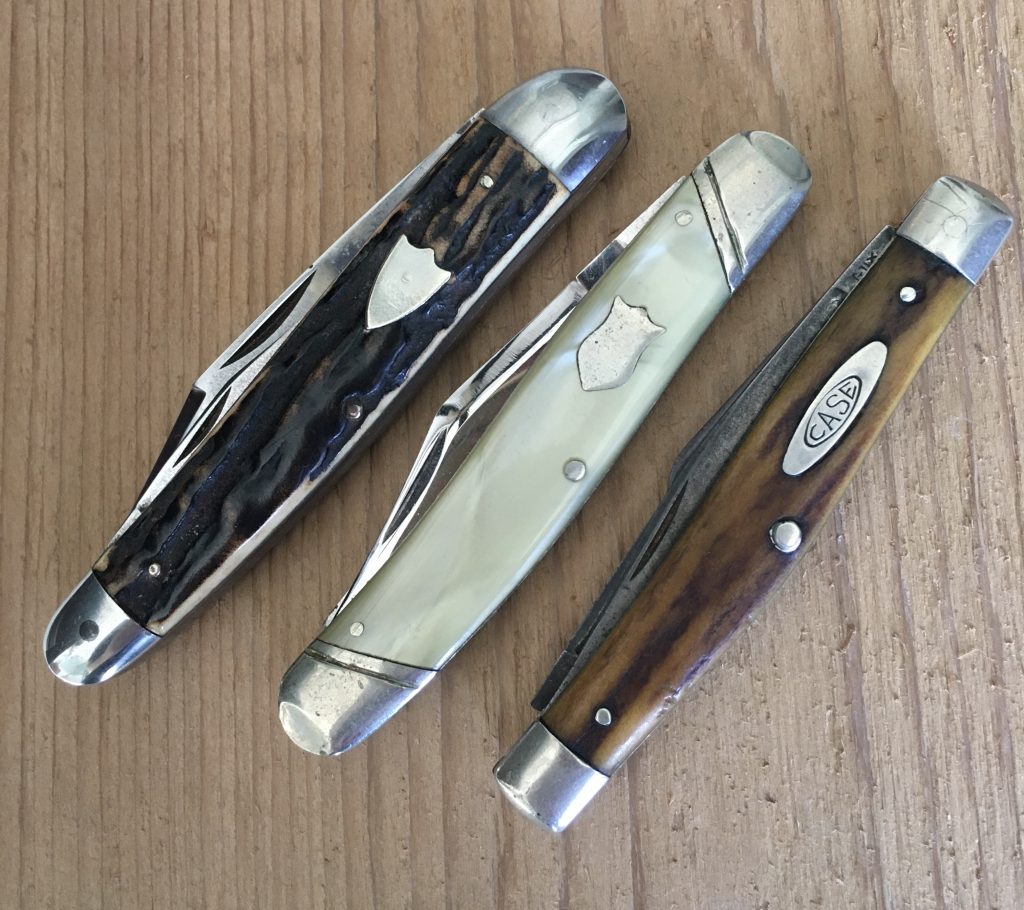
Long pulls were added to pocket knives in the late 19th century. They are present on clip, spear and sheepsfoot blades as seen below and give the “puller” additional space to pull open the knife. Specifically, long pulls seemed to go away on Case knives around 1960; these knives carry a premium compared to those with nail nick pulls. As is true for all levers, opening a the blade is easier the further it can be gripped from the fulcrum. In my opinion, the long pull compliments most knives and is most appealing to the eye.
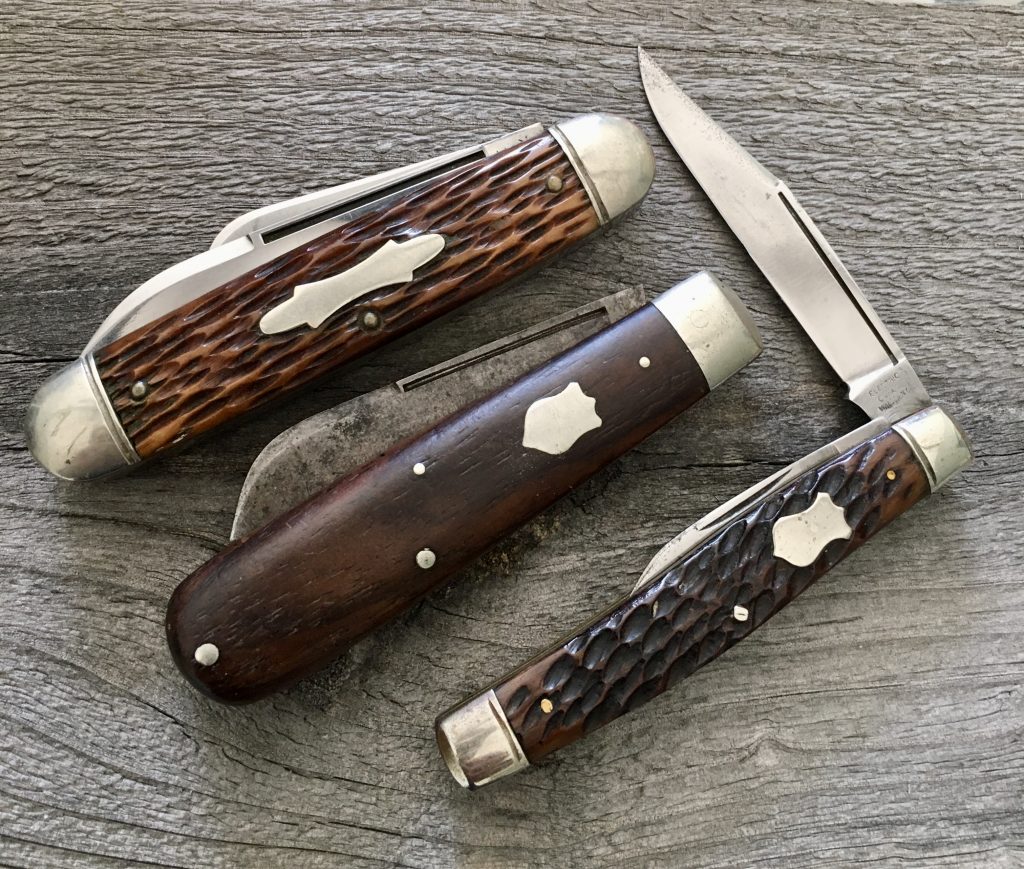
Some long pulls have a ridged or toothed type design inside the long pull. They are referred to as a match striker pull, presumably so matches could be lit by quickly dragging the match along the pull. I have never tried to light a match this way; have you? Cattaraugus knives seemed to have a shorter version of the match striker pull.
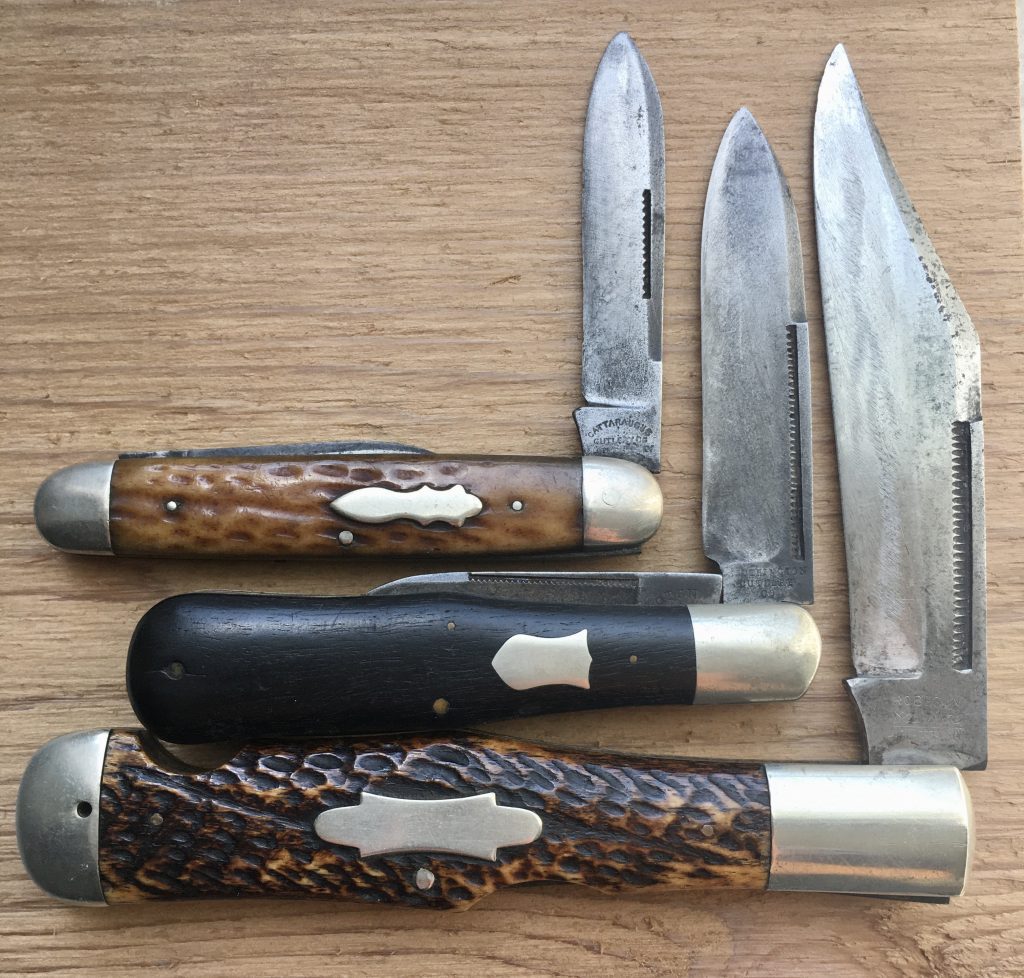
There is a hybrid version of the short pull and the match striker that was mostly made by Western States. I have also seen some nail nick match strikers on some Carl Schlieper Eye Brand knives as well.
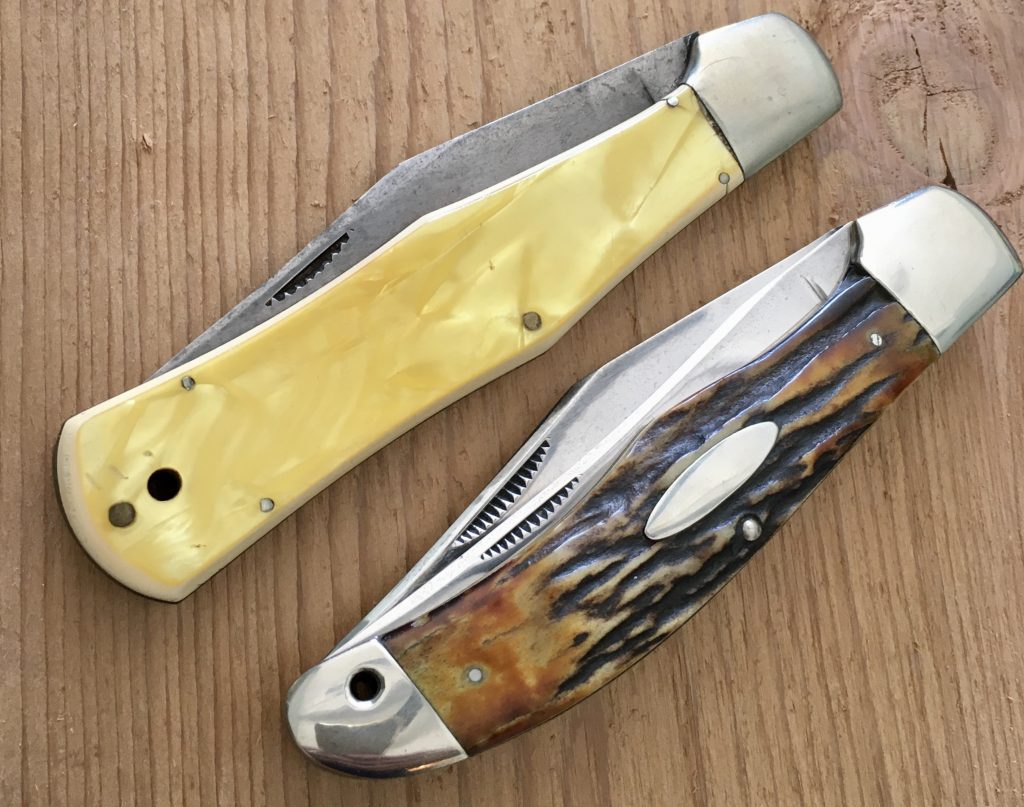
Finally, an interesting arrangement is the double pull. This give you options in life: you can use the nail nick or the long pull. In my experience, the long pull is too far towards the fulcrum of the blade and does not provide enough leverage to open the knife. However, I think the double pull is a particularly attractive arrangement and usually dates the knife to around 1900 or before.
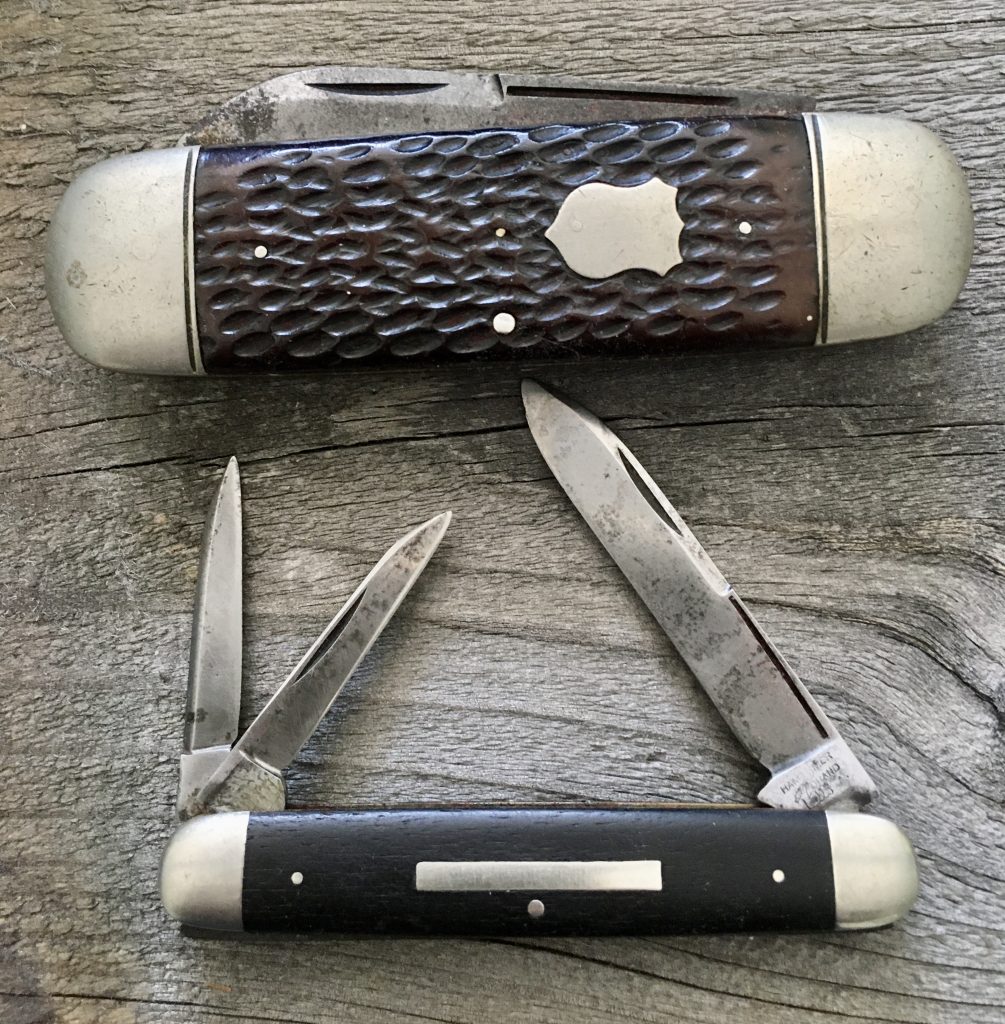
Knives today still carry these types of pulls. Great Eastern Cutlery knives have maintained traditional nail nicks, long pulls and even match striker pulls. However, modern knives, such as EDC knives have gravitated more towards knobs and holes in order to flip the blades open. Take the poll below to share your opinion!
Back to Blog

Pocket Knife Pulls – An opening story - Knife2 - The zest for Knives
[…] post Pocket Knife Pulls – An opening story appeared first on Old Pocket […]